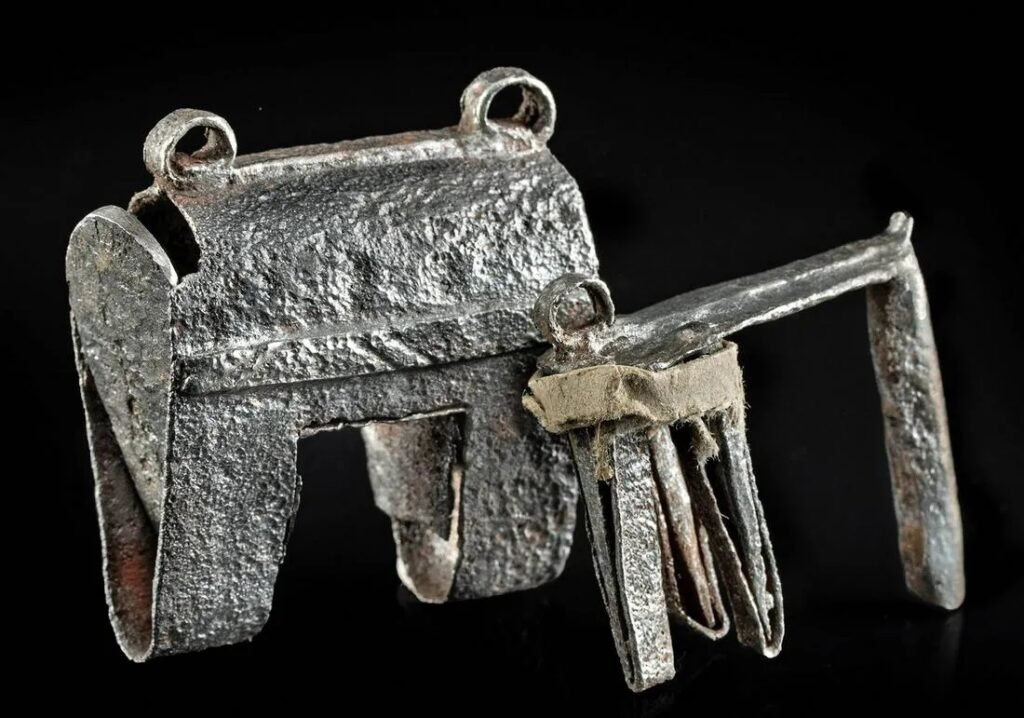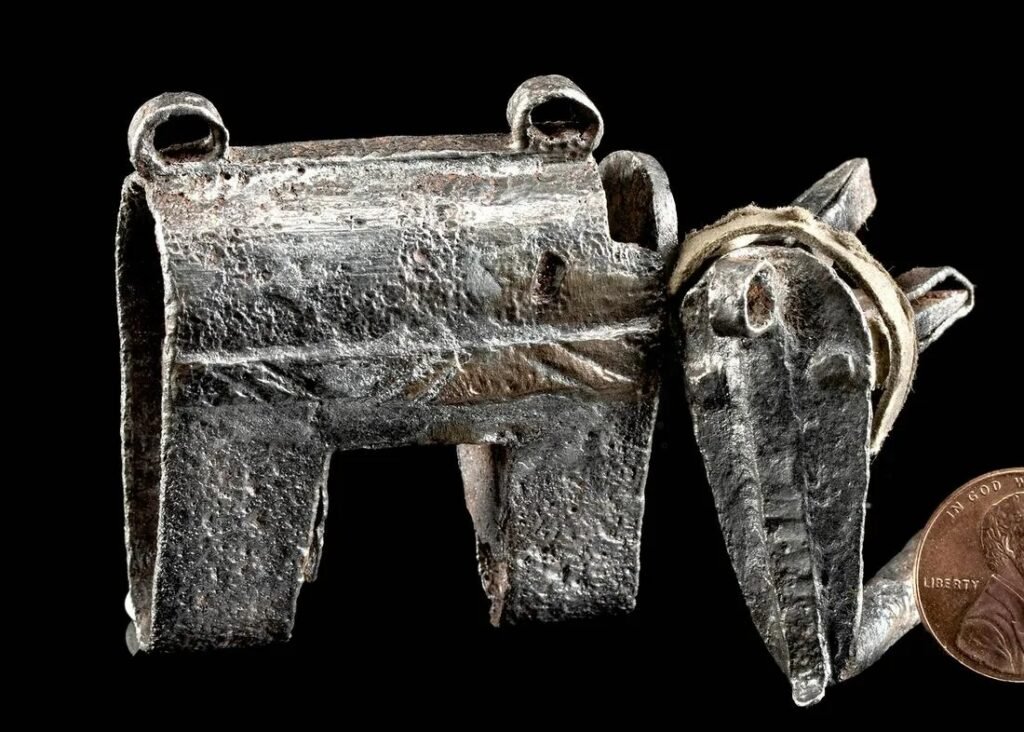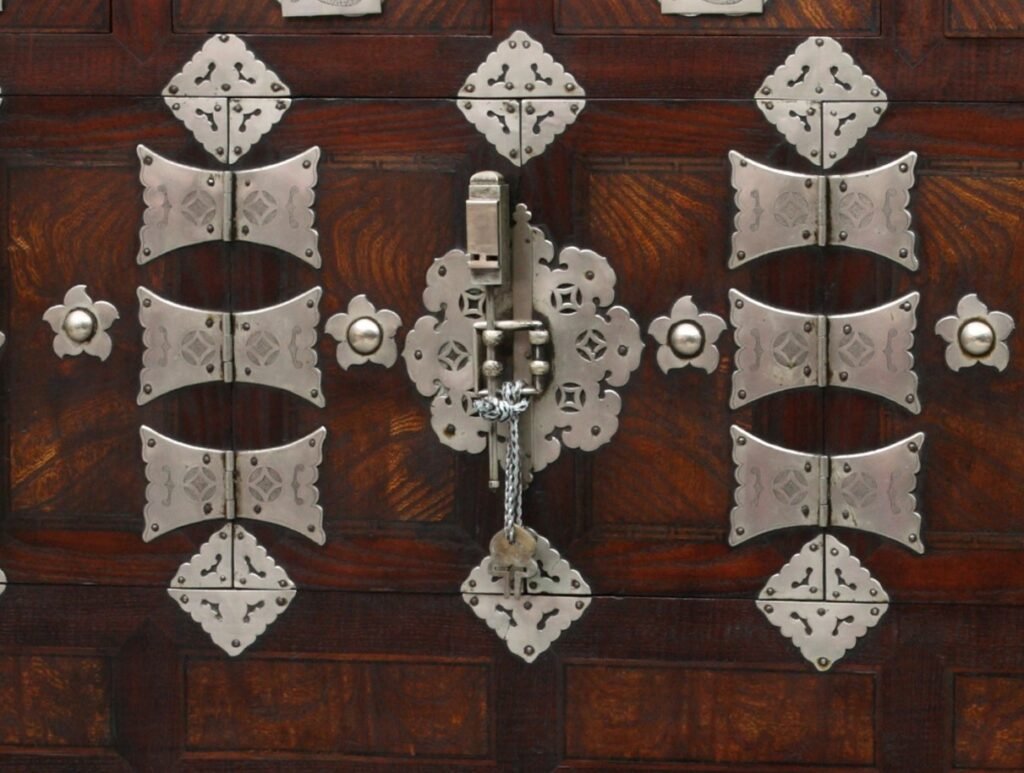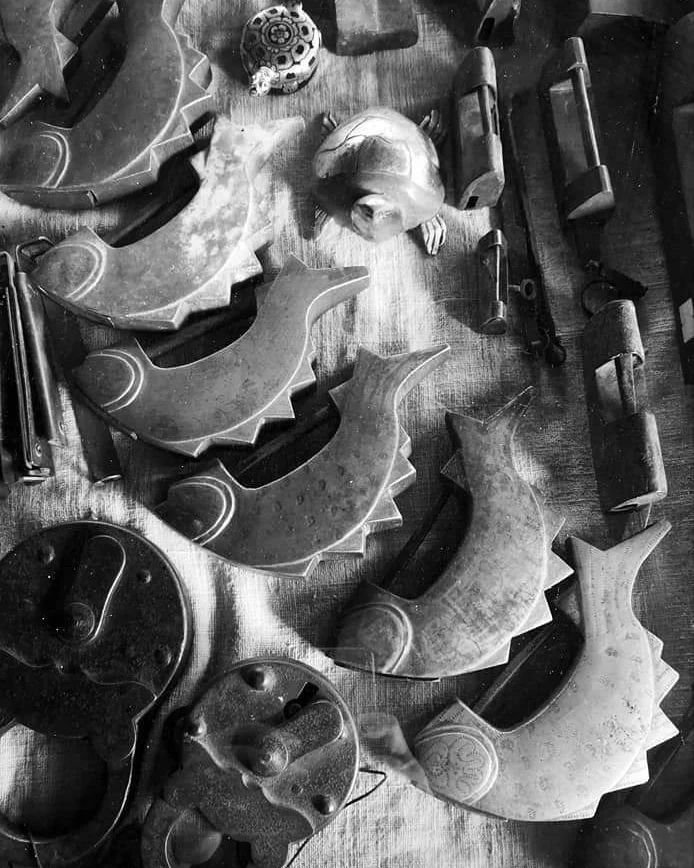When you buy antique Korean furniture, it’s rare for it to come with a padlock. In fact, padlocks have either disappeared, or if they were of good quality, they were sold separately to enthusiasts. In the book “Korean Style,” which focuses on the interiors of Korean homes, a fine collection of padlocks is presented From the Lock Museum in Seoul.
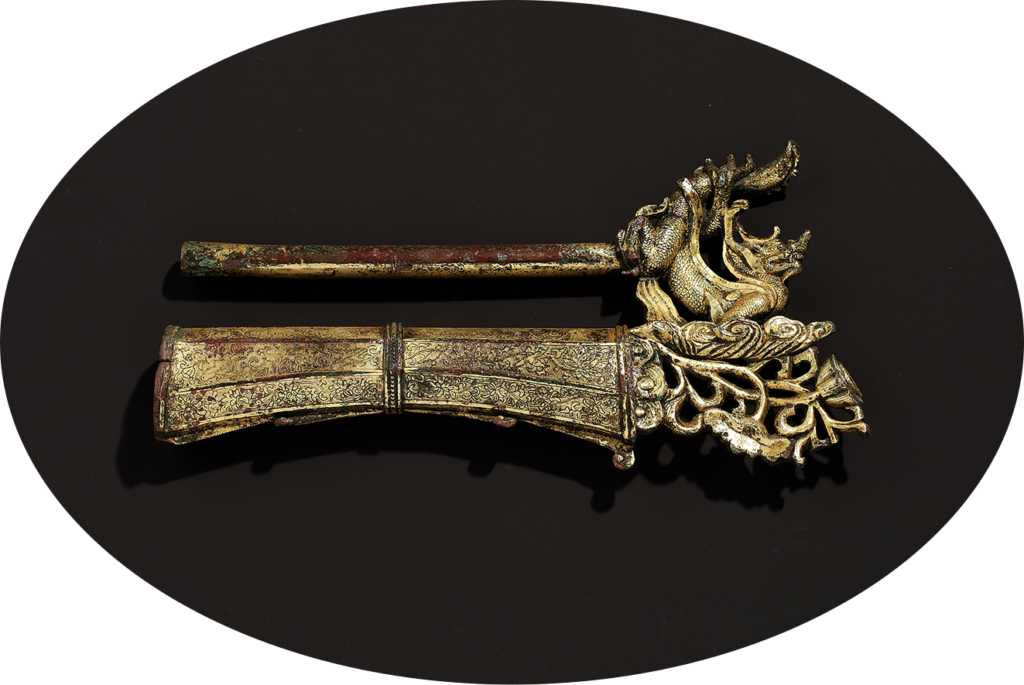
They may look like decorative flourishes to some, but Koreans once depended on sturdy locks to safeguard their most valuable spaces―while taking care to ensure these heavy-duty locks remained aesthetically pleasing.
During the Joseon Dynasty (1392-1910), many locksmiths began using brass, due to the fact that they had learned how to make suitable alloys from copper and zinc. And while these brass fixings were a massive upgrade on the old iron designs, by the end of the Joseon era, many artisans has started using cupronickel. This super-sturdy alloy of copper, nickel and other metals can even resist the ravages of salty seawater.
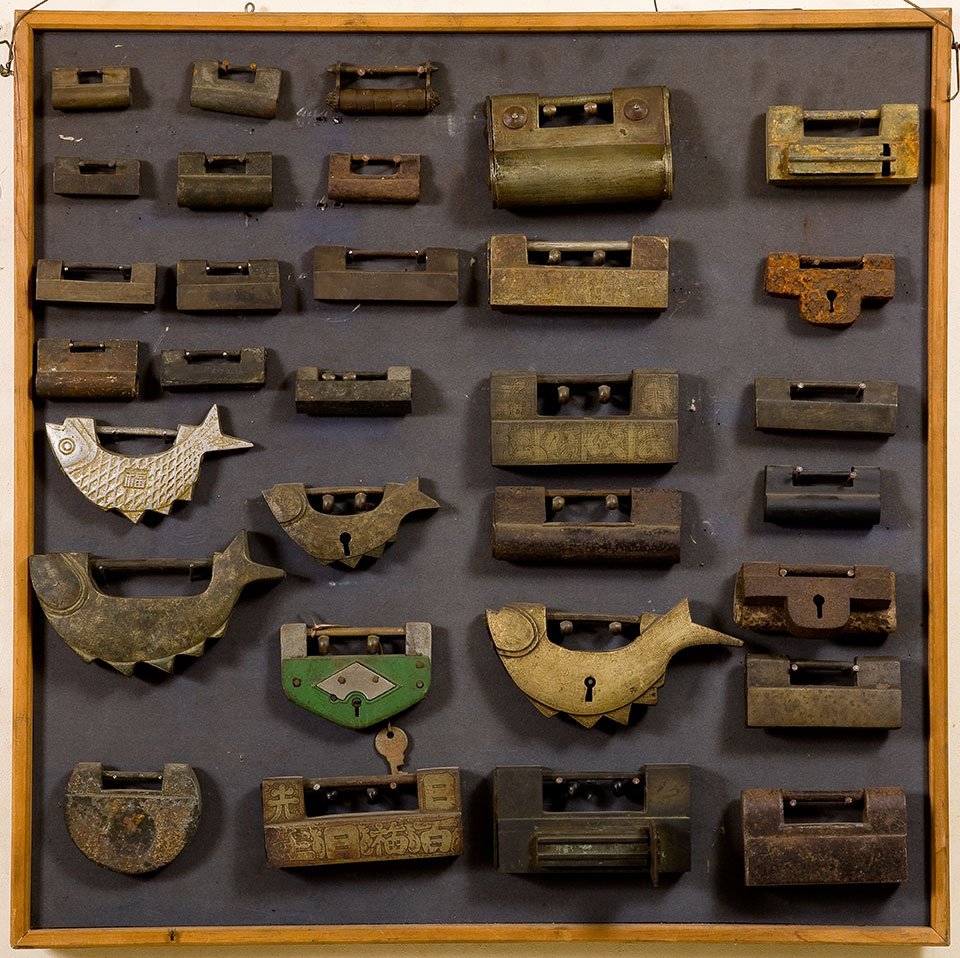
Animal-related symbolism was popular. One such design was the tortoise, whose hard shell spoke of impenetrability, as well as longevity. Fish, meanwhile, were often chosen due to the fact that they have no eyelids: Their watchful eyes remained open at all times, ensuring no criminal could evade their gaze. Floral patterns were also used, as many flowers were also associated with long life spans, as well as values such as harmony and wisdom. WRITTEN BY Tim Alper
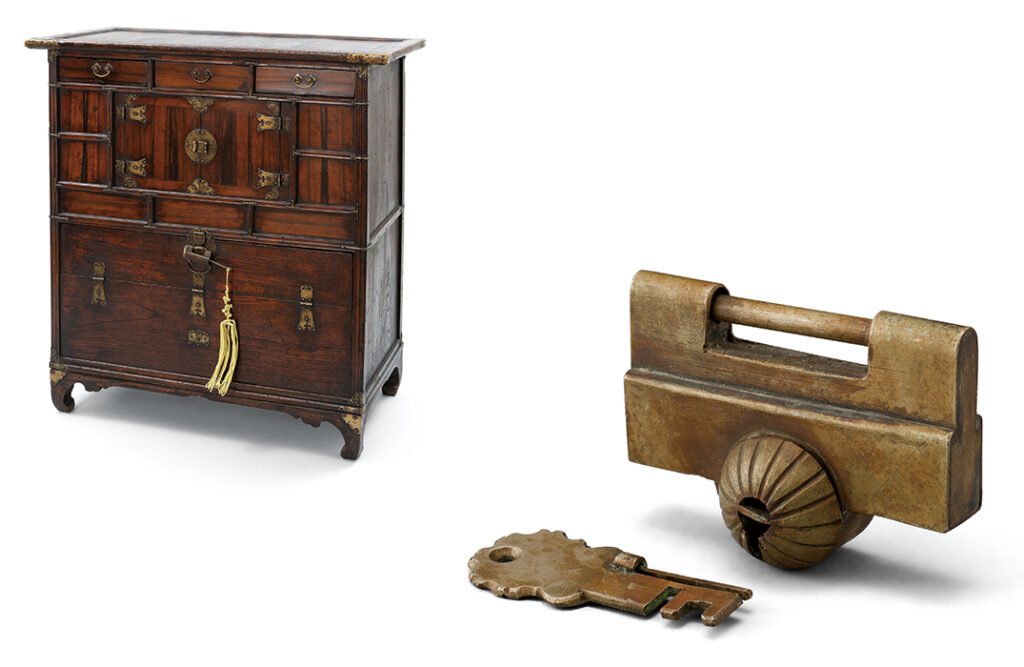
THE FISH SHAPED LOCK.
Fish-shaped locks were one of the most common to be found in the Korean home. Just like the turtle, the fish symbolized protection. With their eyes always open. The fish-shaped locks would watch over possessions while household members slept. Made from metal molds, these fancifully shaped yellow brass locks were used to secure wardrobe armoires, wedding-trousseau boxes, Bandaji and cosmetic cases for women.
The character for the word fish in Chinese 鱼 “Yú” is a homonym for the word meaning abundance, thus lending it another layer of auspiciousness. Given its fecundity, the fish symbolized fertility and served as a reminder to mothers that they would be blessed with many children.
Fish represent security and fortune. For this reason, locks with fish patterns were often used on furniture in kitchens and inner rooms for women.
Usually made from yellow brass, the fish lock was mainly used on chests from the northern provinces such as Pyongan Do.
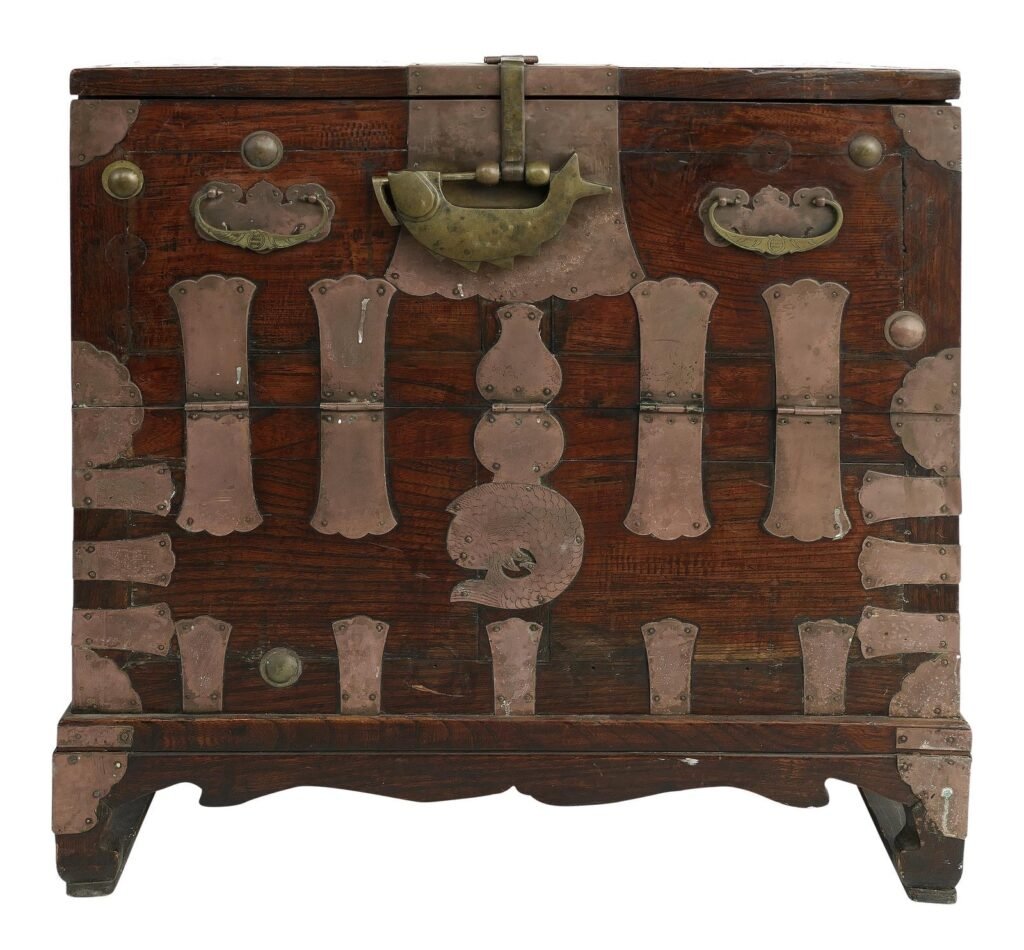
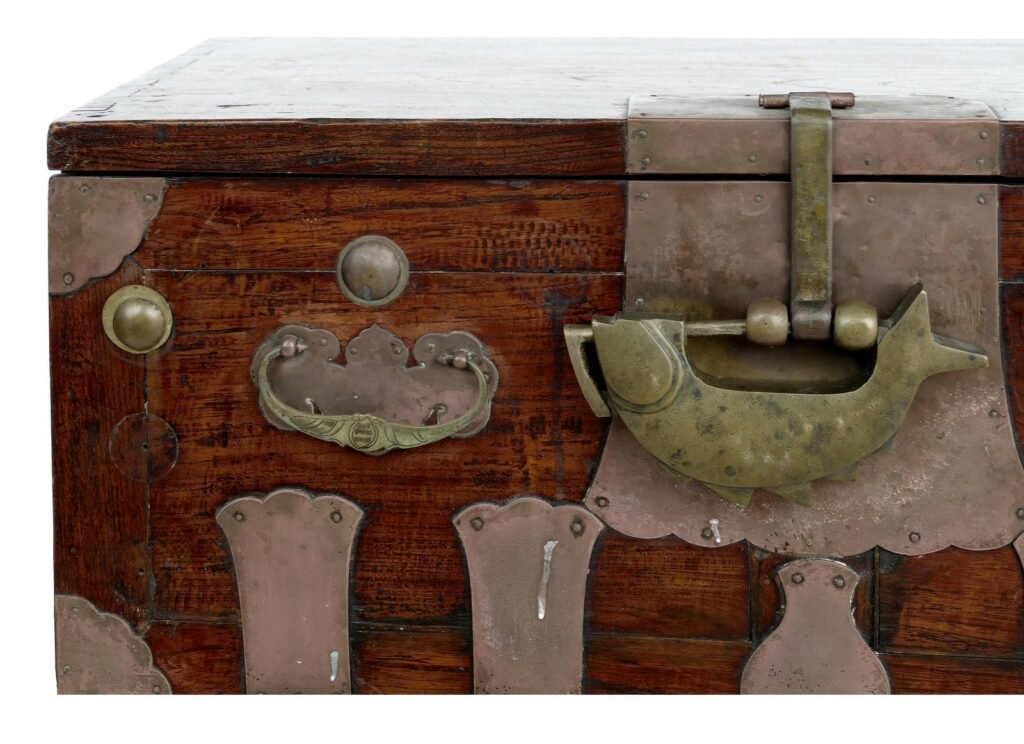


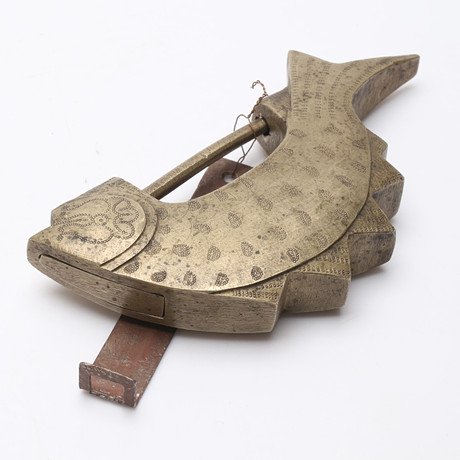

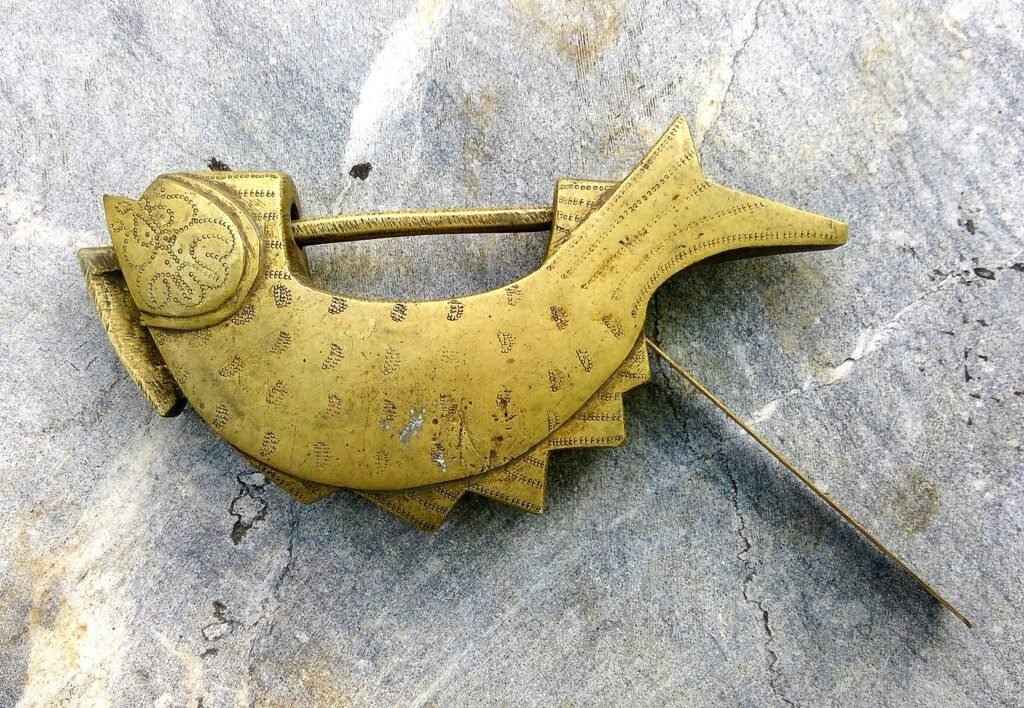
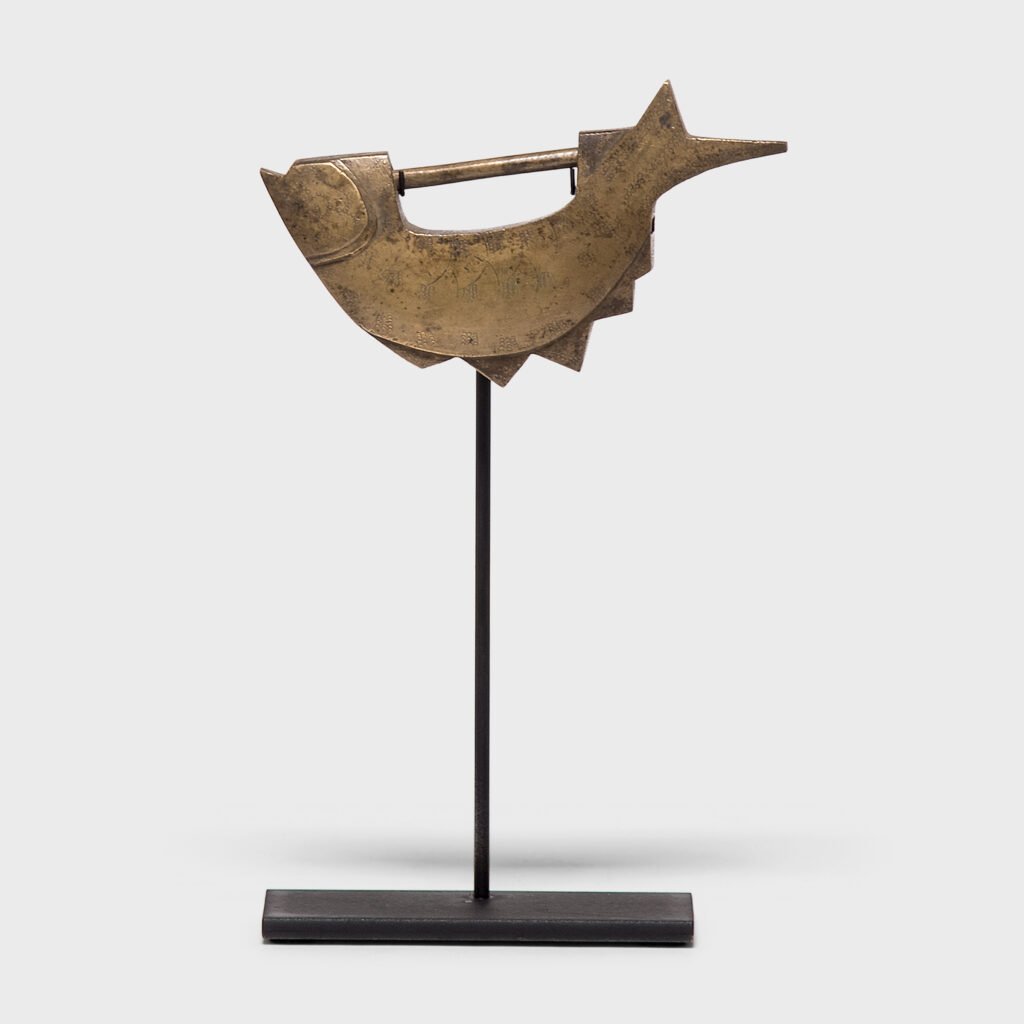
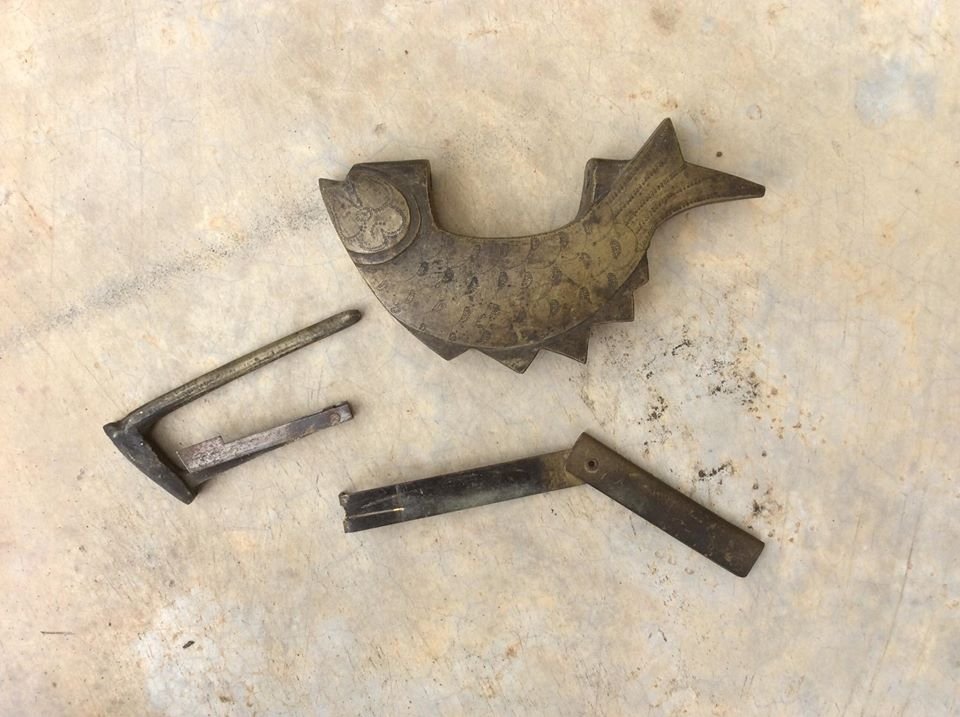
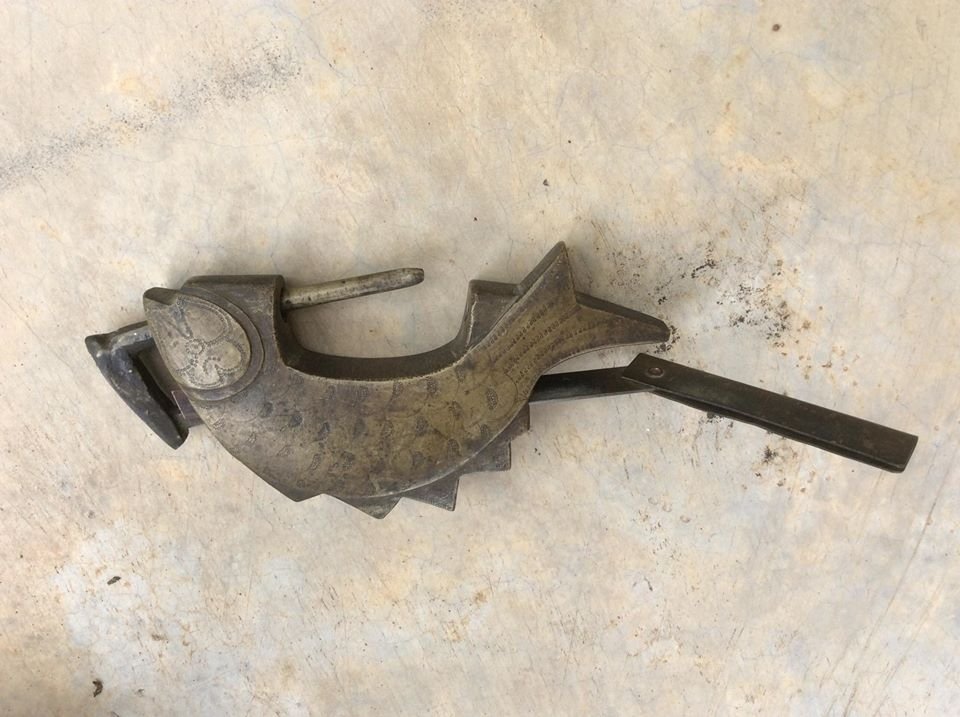
ㄷ-SHAPED LOCKS.
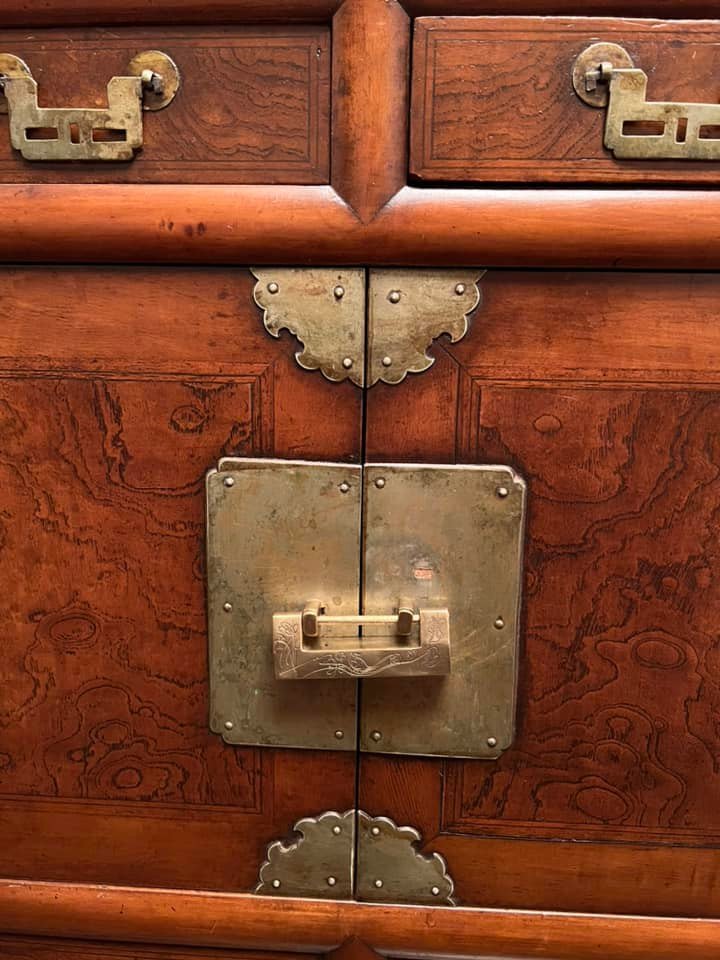
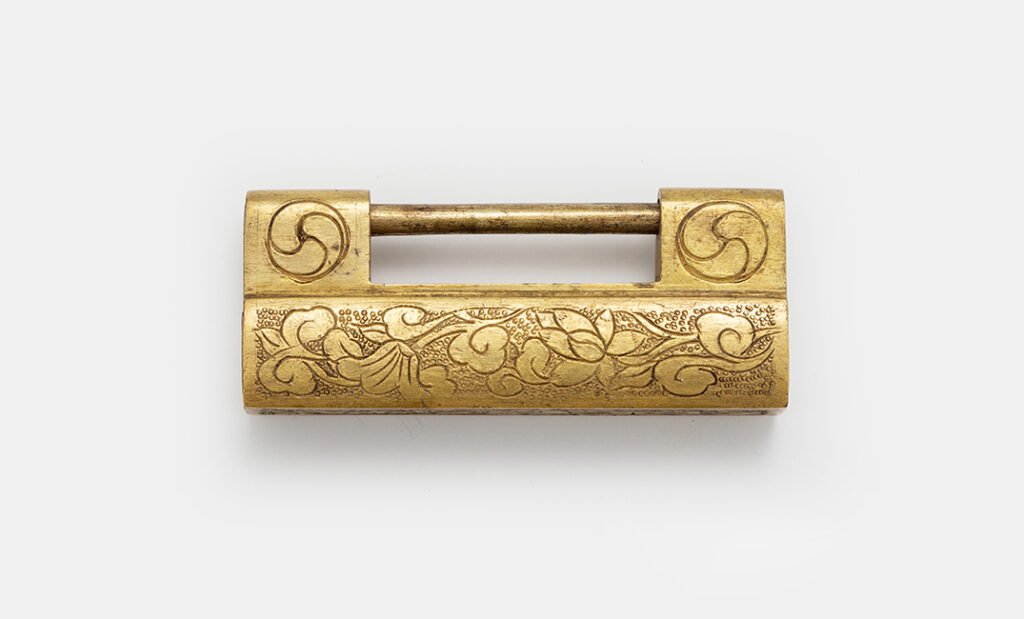
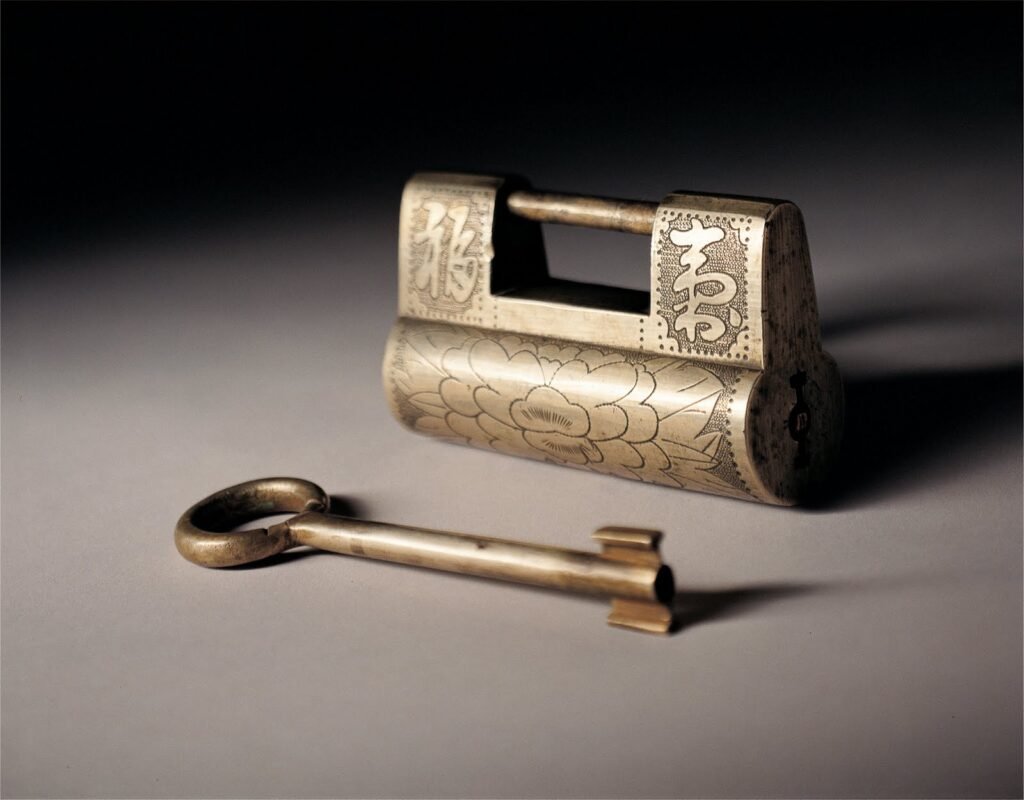
courtesy of The Korea Society and The Lock Museum

Collection: National Folk Museum, Seoul.
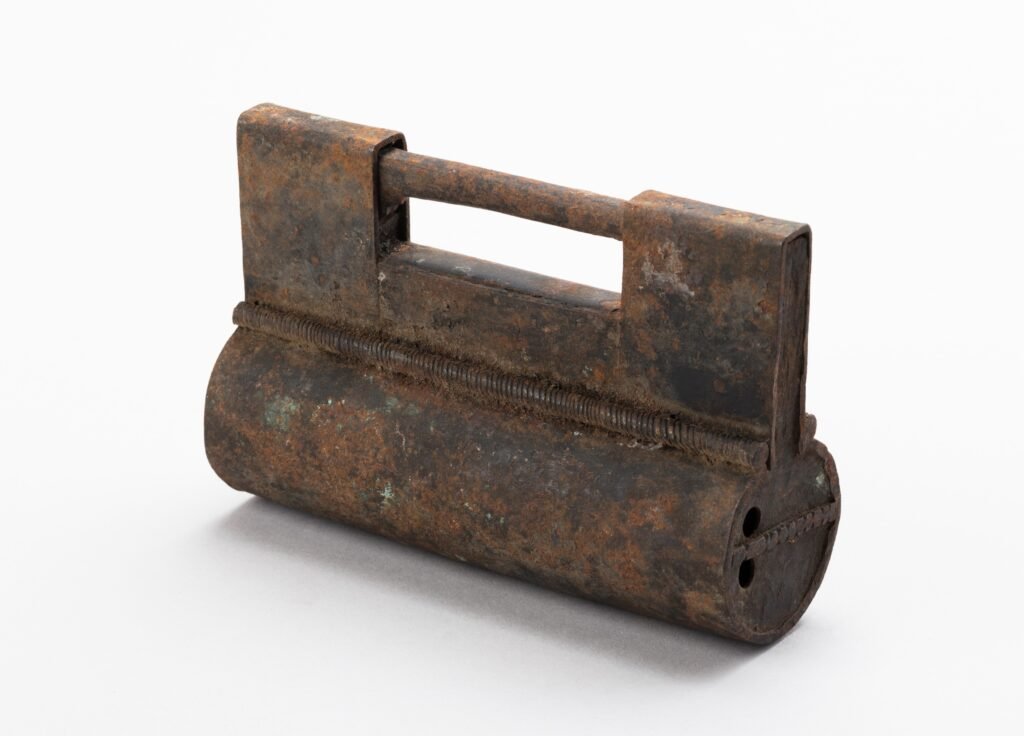
Collection: National Folk Museum, Seoul.

Collection: National Folk Museum, Seoul.
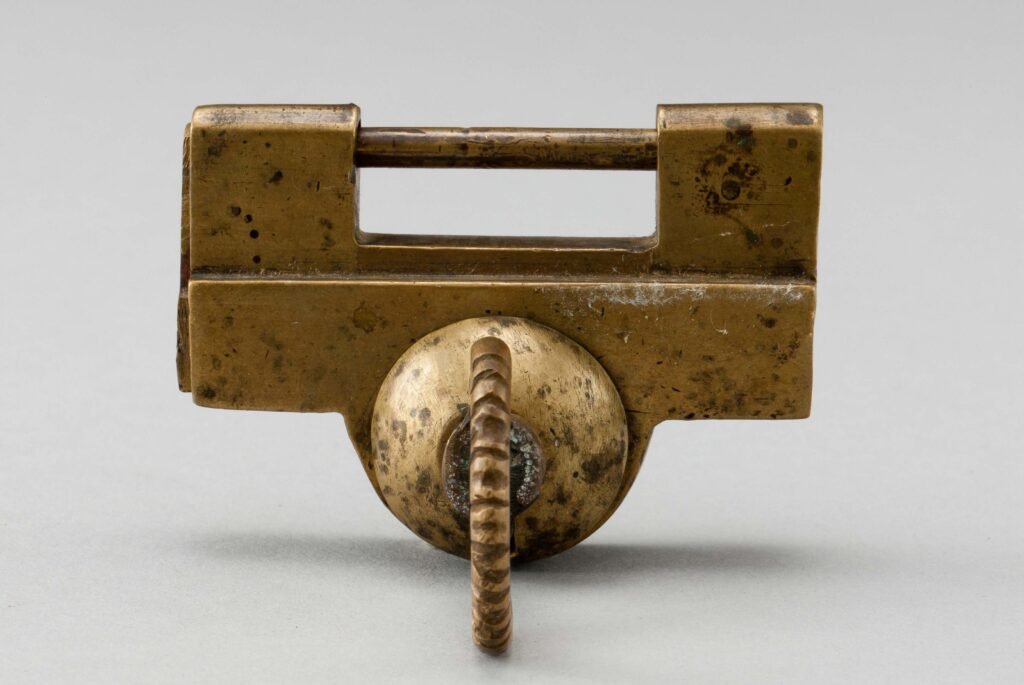
Collection: National Folk Museum, Seoul.
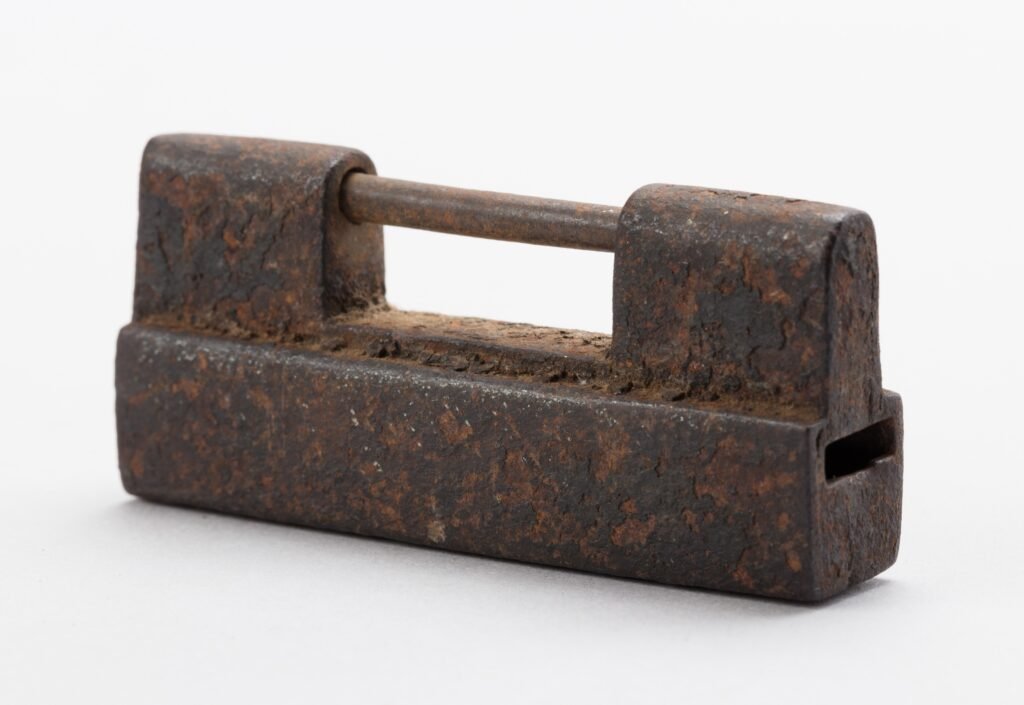
Collection: National Folk Museum, Seoul.
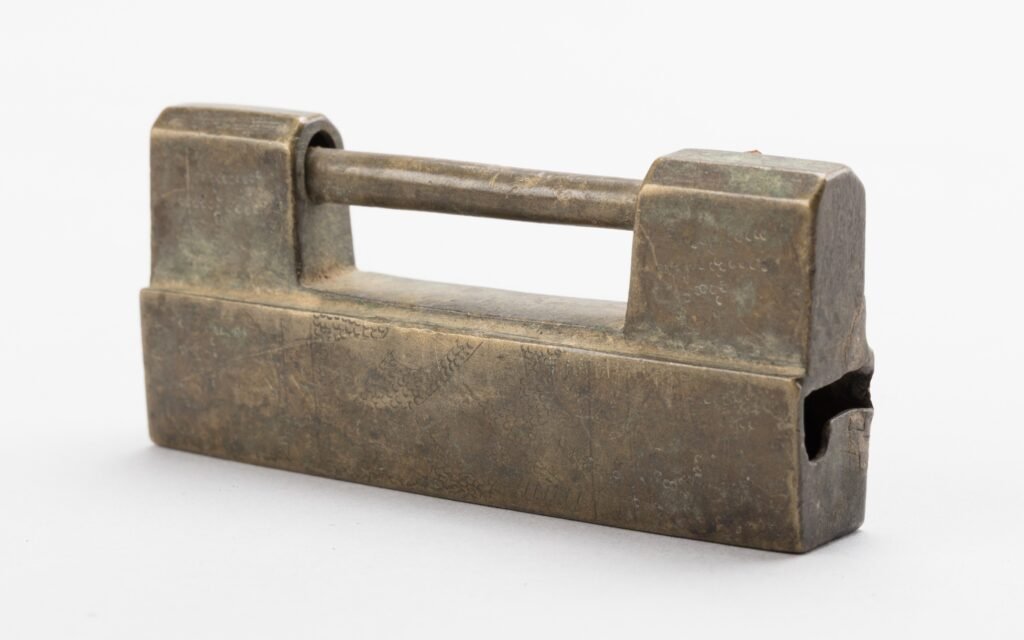
Collection: National Folk Museum, Seoul.
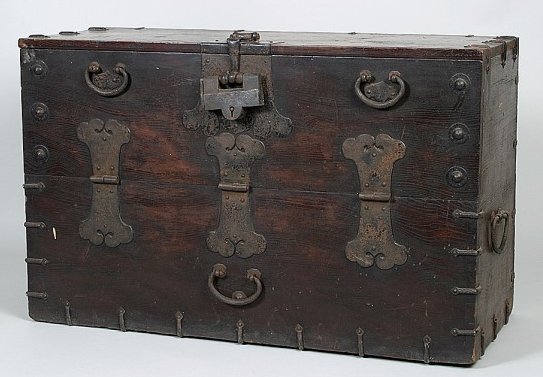
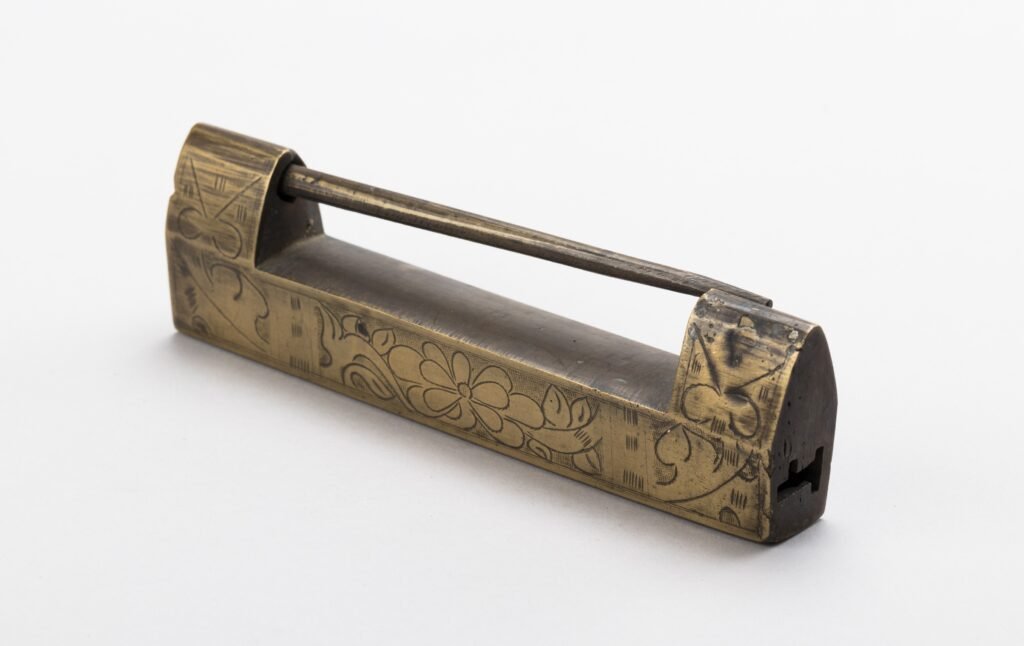
Collection: National Folk Museum, Seoul.
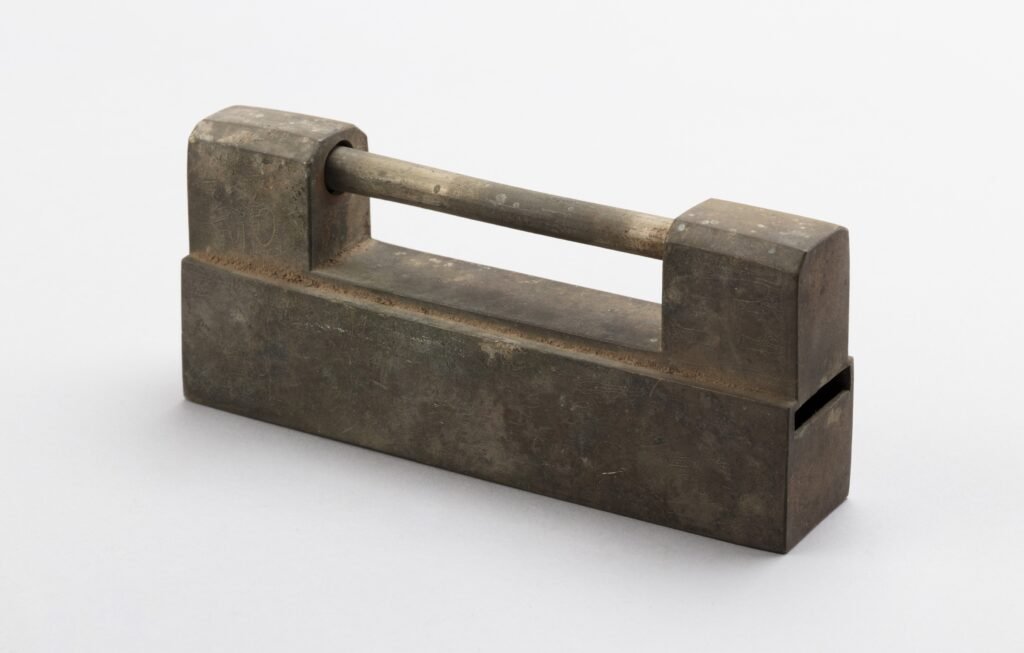
Collection: National Folk Museum, Seoul.
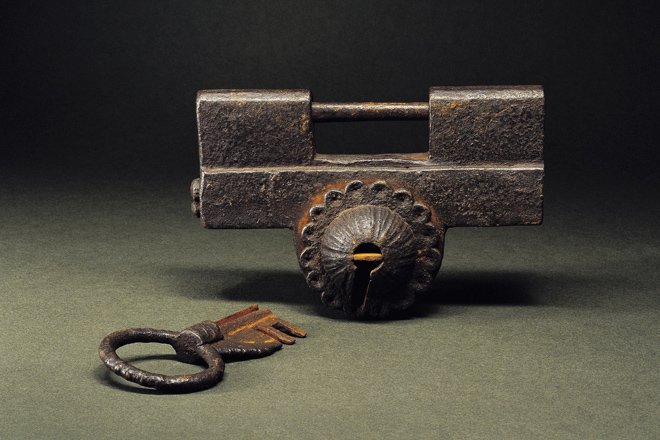

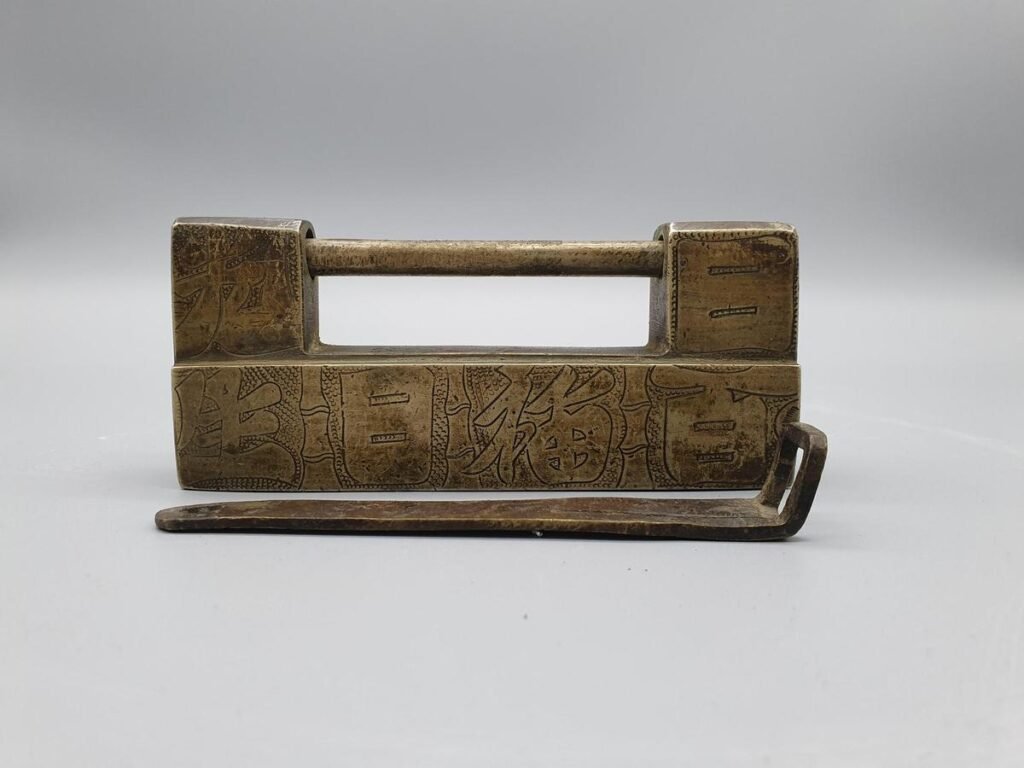

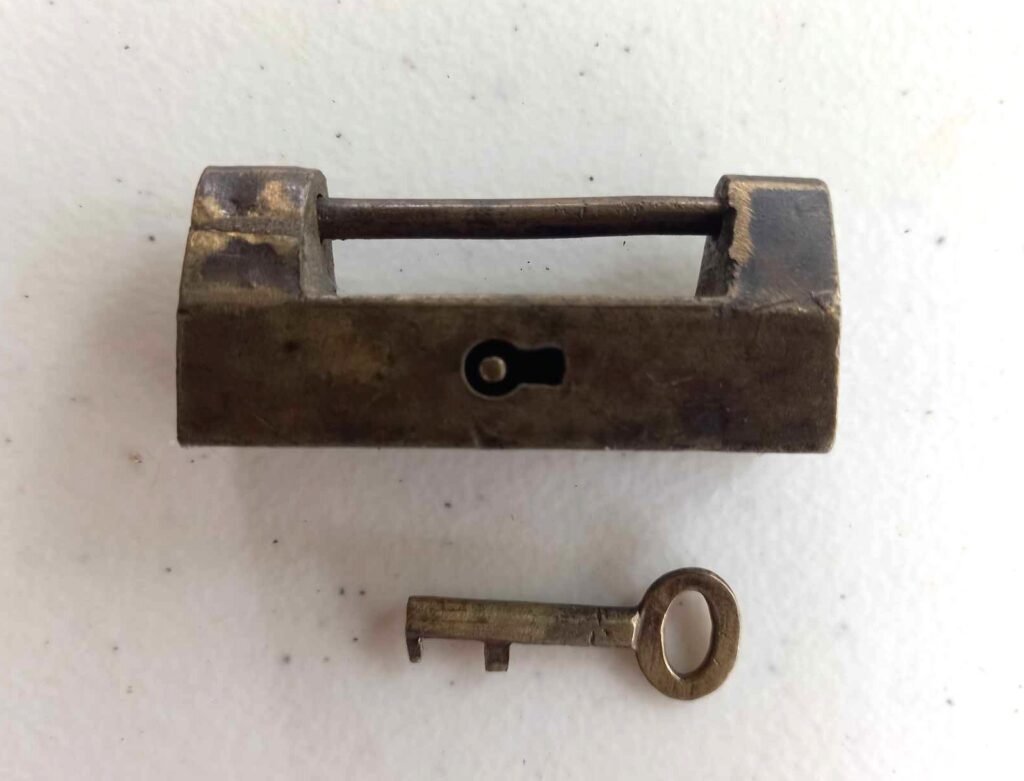
Used on Boxes. Collection: “ANTIKASIA“.
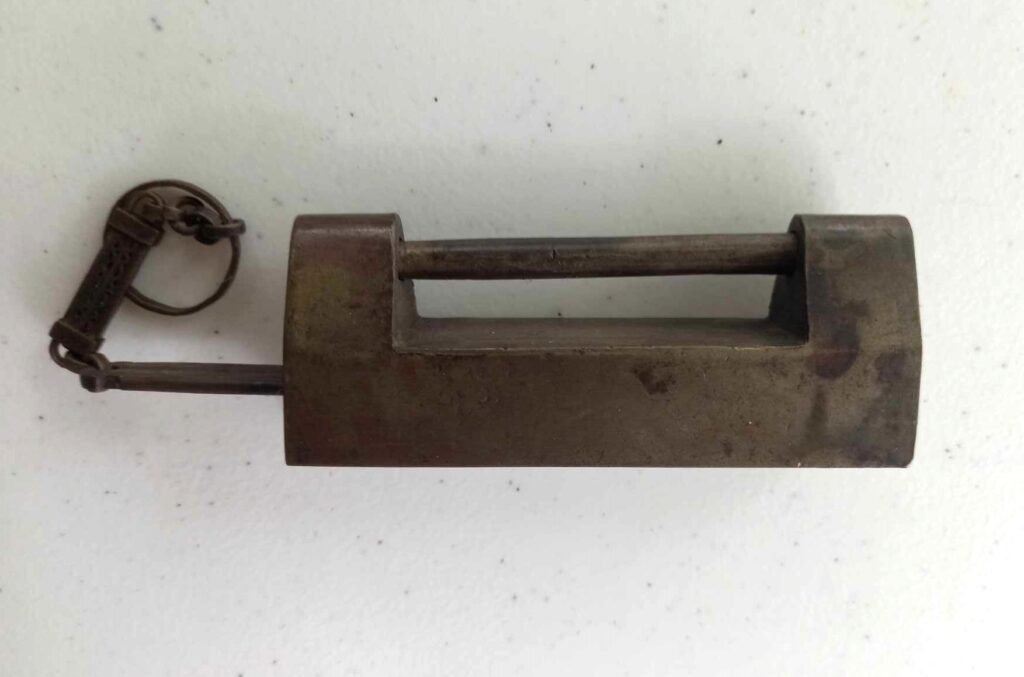
Collection: “ANTIKASIA“.

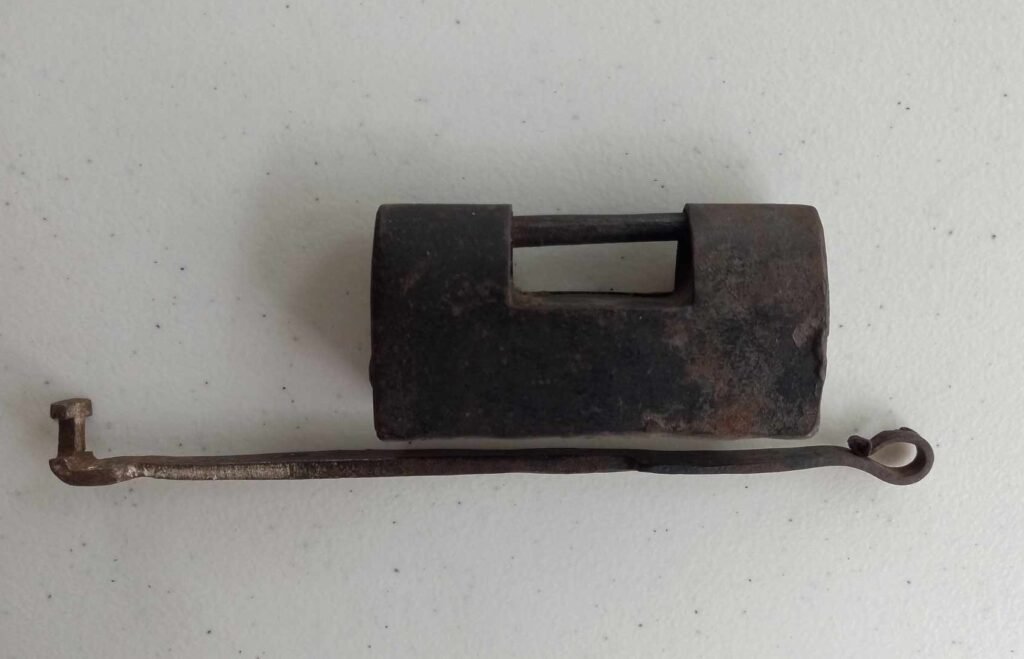
Used on Bandaji or coin chests. Collection: “ANTIKASIA“.

Used on Bandaji or coin chests. Collection: “ANTIKASIA“.
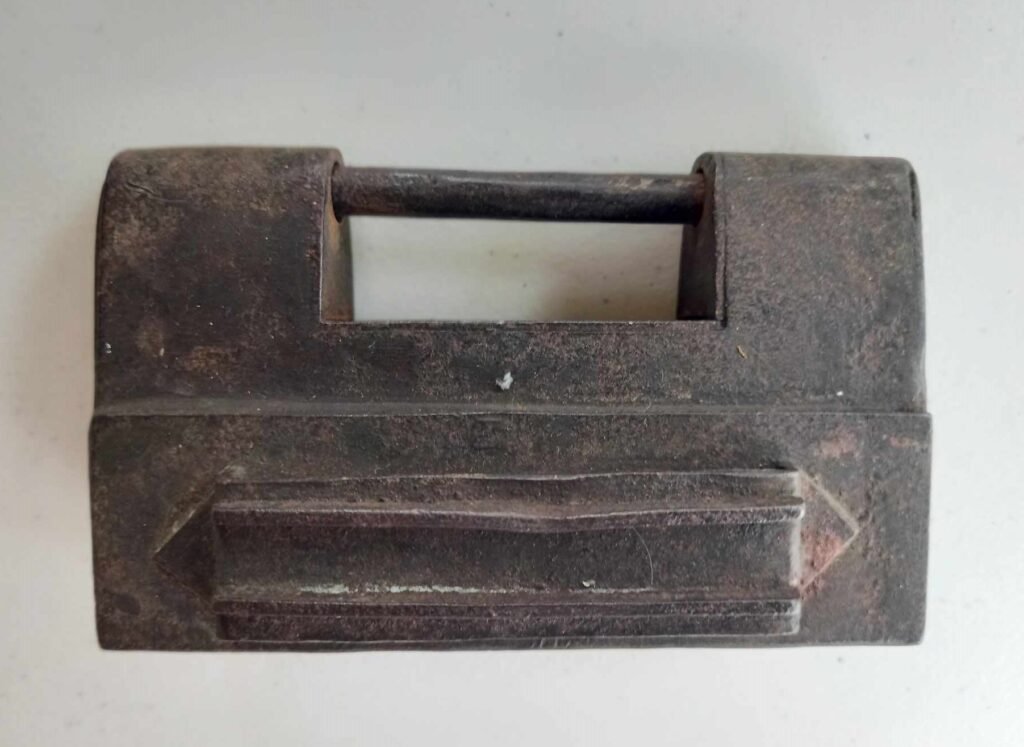
Used on Bandaji or coin chests. Collection: “ANTIKASIA“.
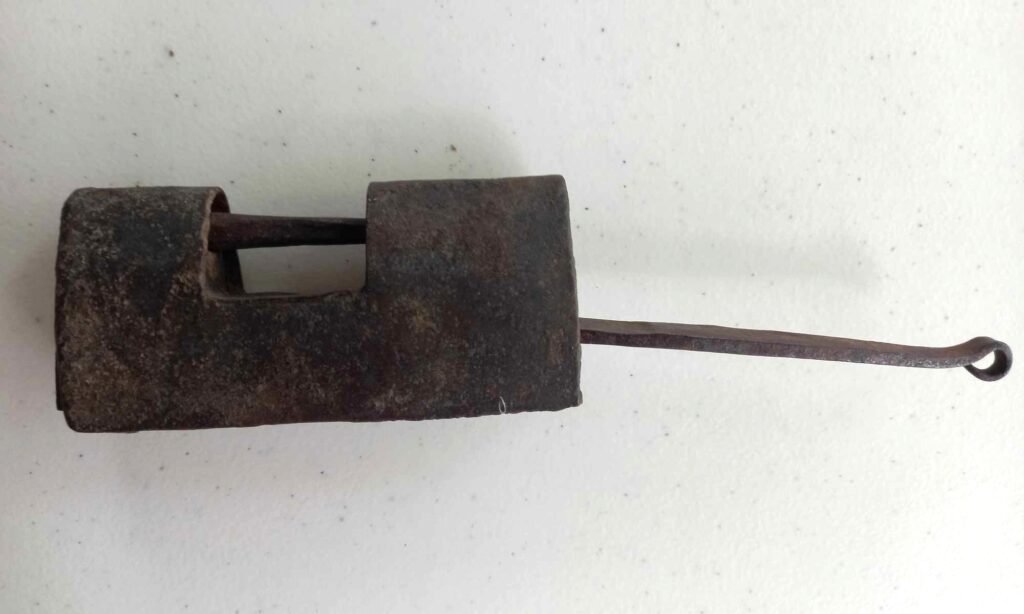
Used on Bandaji or coin chests. Collection: “ANTIKASIA“.
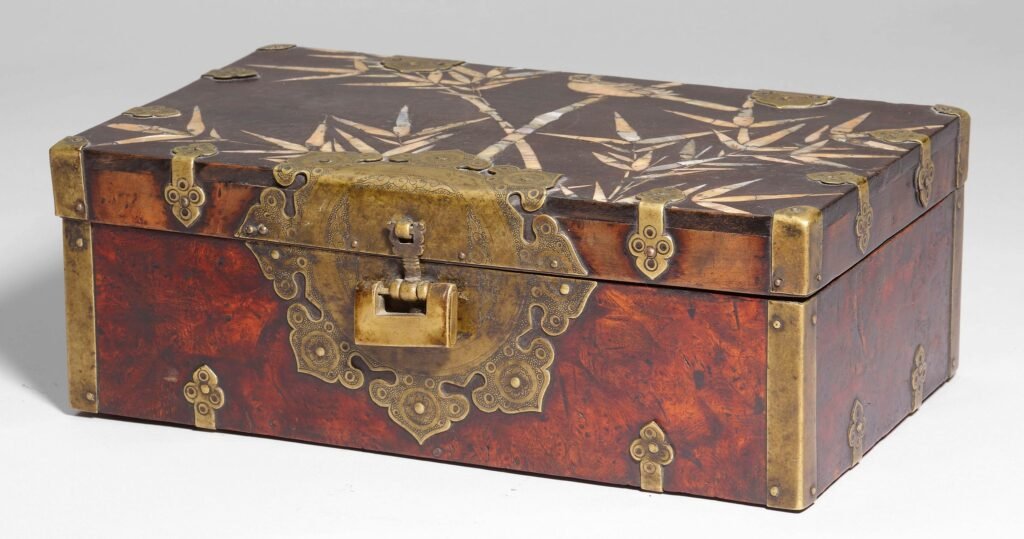
Korea, Joseon dynasty, 18th/19th c. Dimension: 30 × 17.5 × 11 cm.
With lock on ruyi head surrounded, finely engraved medallion.
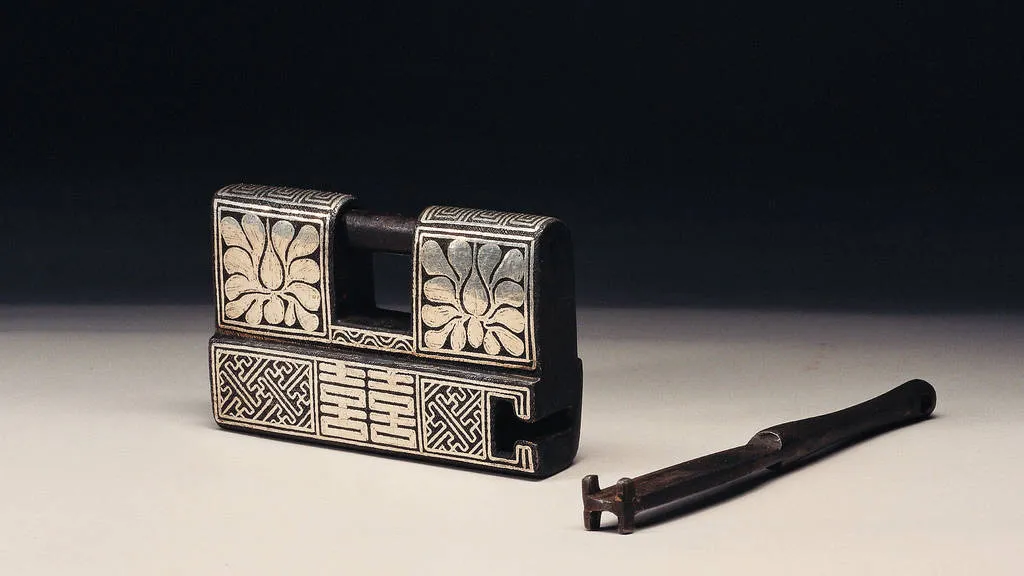
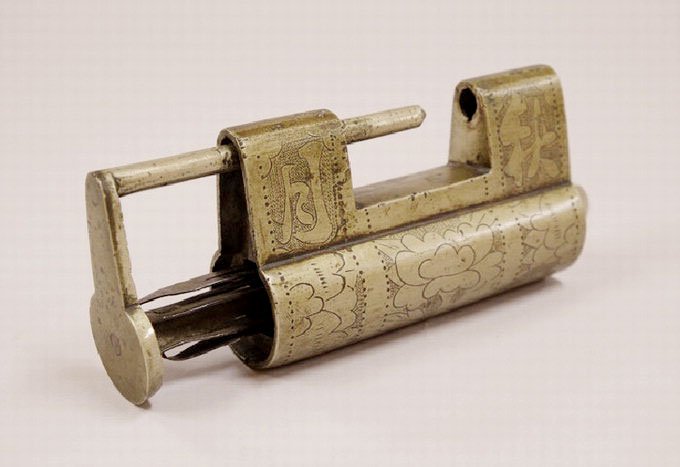
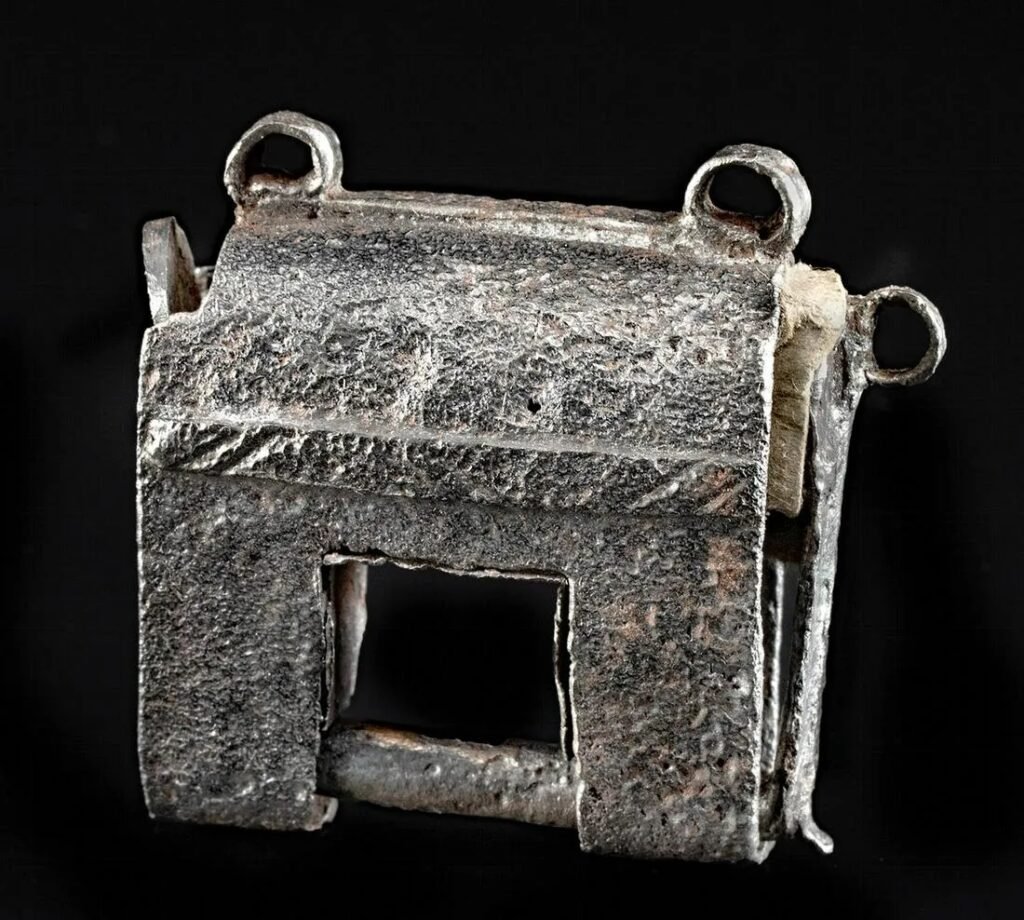

Size: 4.4 cm x 1.9 cm x 5.1 cm.
